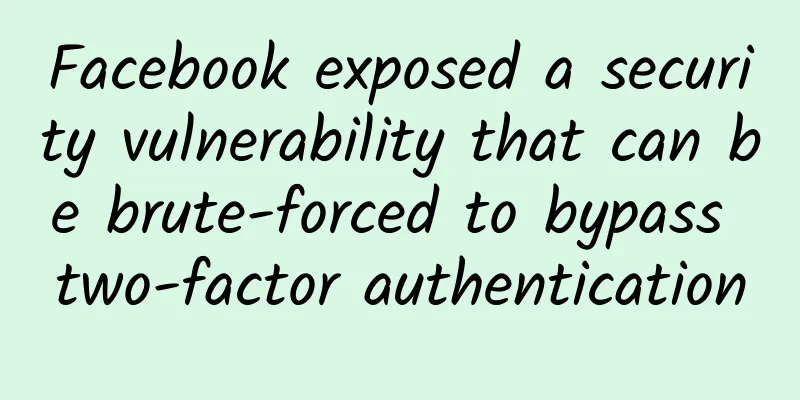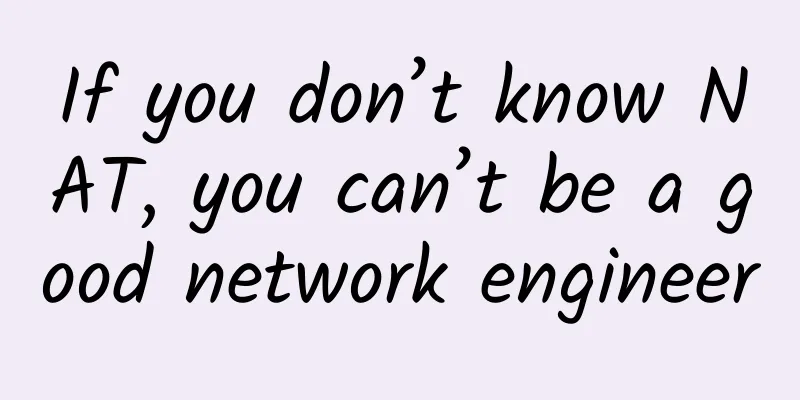How to identify fiber link problems?

|
Methods for Identifying Fiber Link Problems There are two methods to detect fiber link problems, namely, applying a time domain reflectometer and a fiber visual fault locator. Of these, the optical fiber industry experts often use a visual fault locator. Let’s discuss what a visual fault locator is and how it can be used for fiber link fault detection. Fiber Optic Visual Fault Locator Overview The Visual Fault Locator is a laser-driven pen-style device designed to locate errors in fiber optic links. It can be used to analyze locations in fiber optic networks such as splice points, connector connections, and throughout the length of the fiber optic cable. Depending on the type of analysis being performed, it can be used in either continuous laser inspection mode or flash mode. Take the following steps when using the Visual Fault Locator to identify fiber link problems.
NOTE: The fiber network may have one or more faults diagnosed and the fiber solution must be tailored to those faults.
|
<<: How does network monitoring work?
>>: Who invented Ethernet? Do you know?
Recommend
Telling the story of HTTPS
Starring in the story: Xiaohua is a freshman this...
The mutual impact of 5G and AI
When it comes to tech innovation, it seems like w...
The next generation of computing defined by Cisco is born
For more than 30 years, Cisco has been driving th...
What should I do if I forget my Wi-Fi password? You can retrieve the password through Windows
With the development of technology, WiFi plays an...
Mellanox Launches Innovative ConnectX-6 Dx Chip, BlueField-2 Secure Cloud SmartNIC and I/O Processing Unit Solutions
Beijing, China – September 3, 2019 – Mellanox Tec...
5G is coming soon. What preparations have the major equipment operators made?
With major telecom operators around the world exp...
RepriseHosting: $29.5/month-L5640/16G memory/12TB HDD/1Gbps bandwidth/Seattle data center
RepriseHosting is a low-cost US server provider f...
BuyVM: Las Vegas 1Gbps unlimited traffic VPS bulk replenishment starting at 3.5 CAD/month, storage (disk space) can be purchased
BuyVM's Las Vegas data center VPS and storage...
The dilemma of contemporary 5G users: From being 5G to returning to 4G, we should slow down
If the elderly are the ones abandoned by the Inte...
Yecao Cloud New Year Promotion: Hong Kong VPS special price 40% off annual payment from 88 yuan, Hong Kong dedicated server from 199 yuan/month
Yecao Cloud has launched a 2024 Spring Festival p...
Huawei releases SoftCOM white paper on autonomous driving telecommunications network intelligence
[Shenzhen, China, April 17, 2019] Today, during t...
The 5G commercial license has just been officially issued! Here are ten issues that you should pay attention to
On the morning of June 6, the Ministry of Industr...
There are four major challenges in the development of 5G. The next 2-3 years will be a critical period for the development of 5G.
A total of more than 700,000 5G base stations hav...
In the Video 3.0 era, Huawei is working hard to promote video services to become a basic service for operators and achieve commercial success
[51CTO.com original article] In 2016, the three ma...
Tong Yongyue of Yunfan Accelerator: In 2017, we hope to become the standard CDN in the streaming media field
【51CTO.com original article】With the rapid rise o...



![[Hard-core literacy] What exactly is coherent optical communication?](/upload/images/67eb8a61ee4fd.webp)





